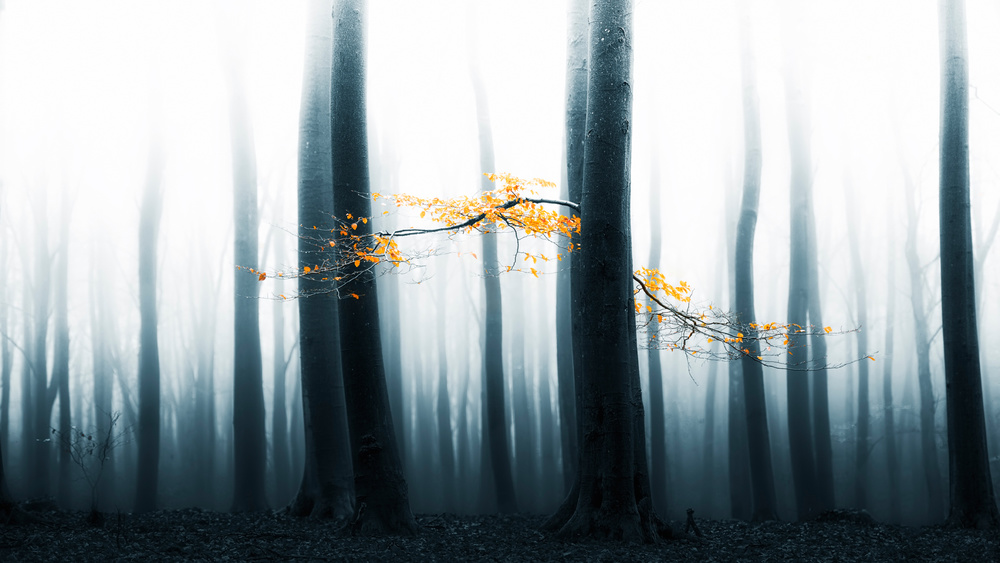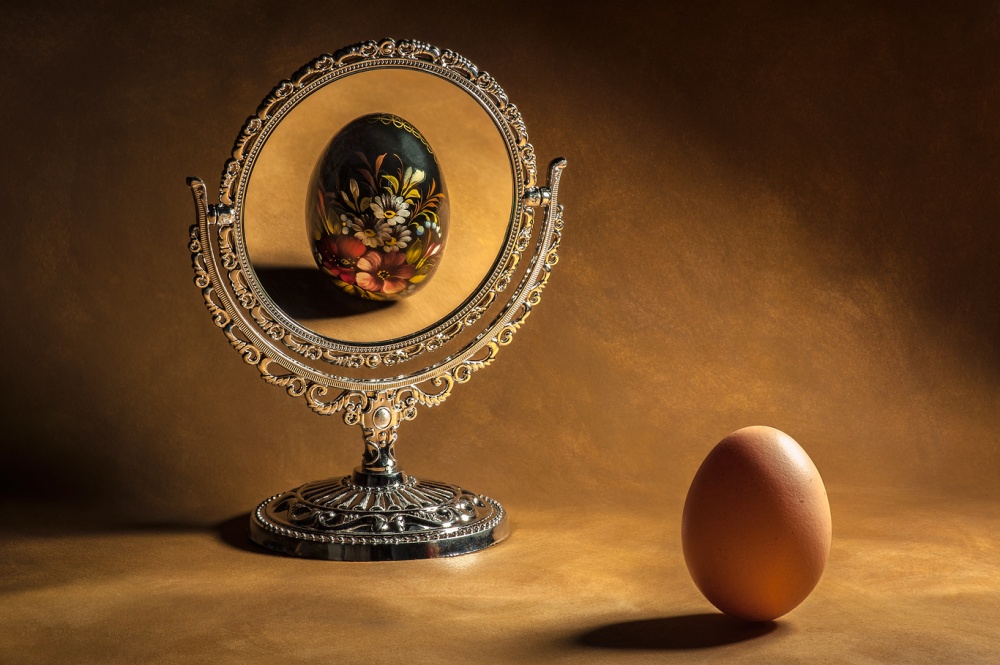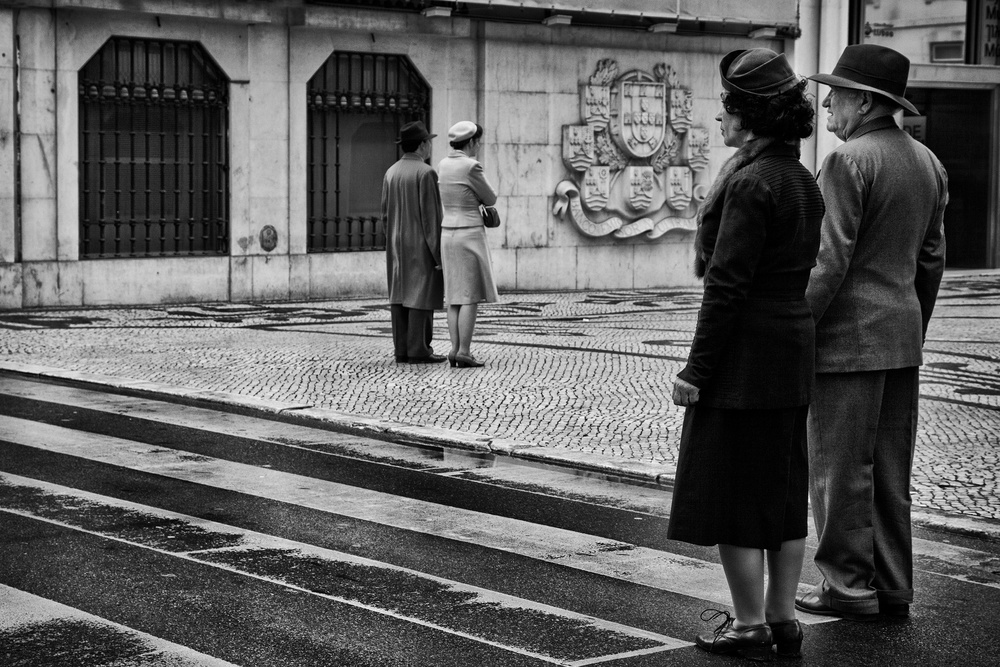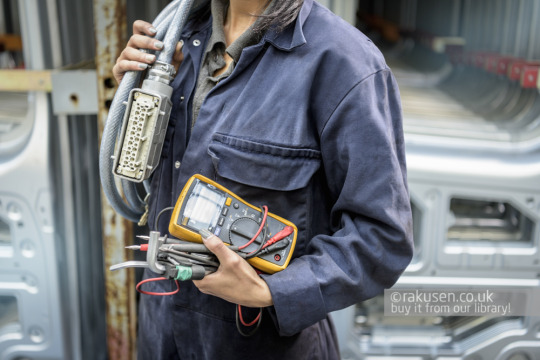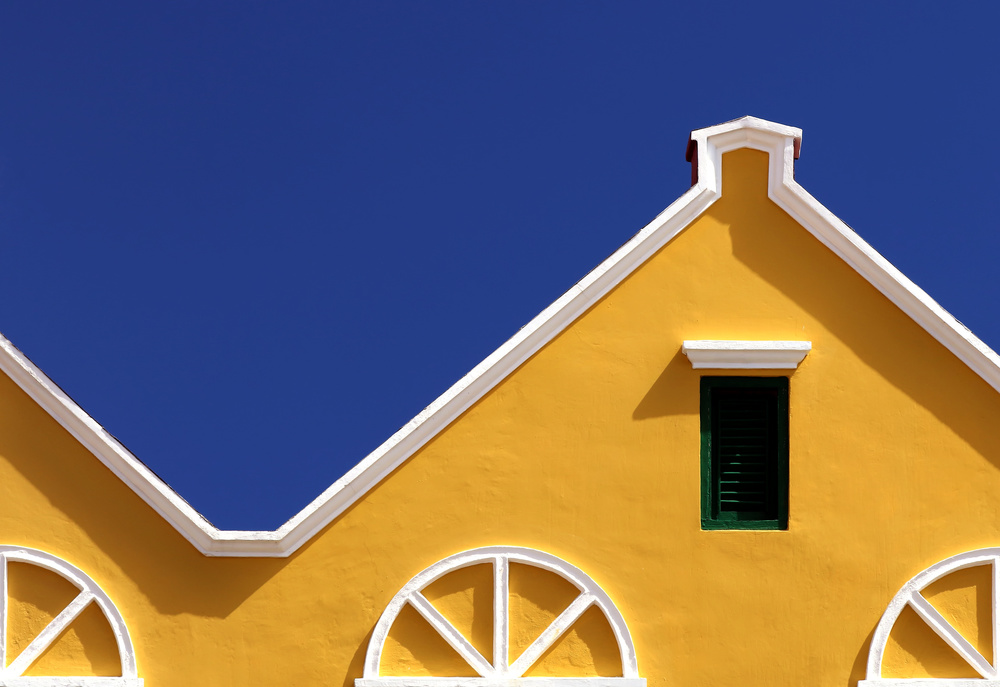Photographers
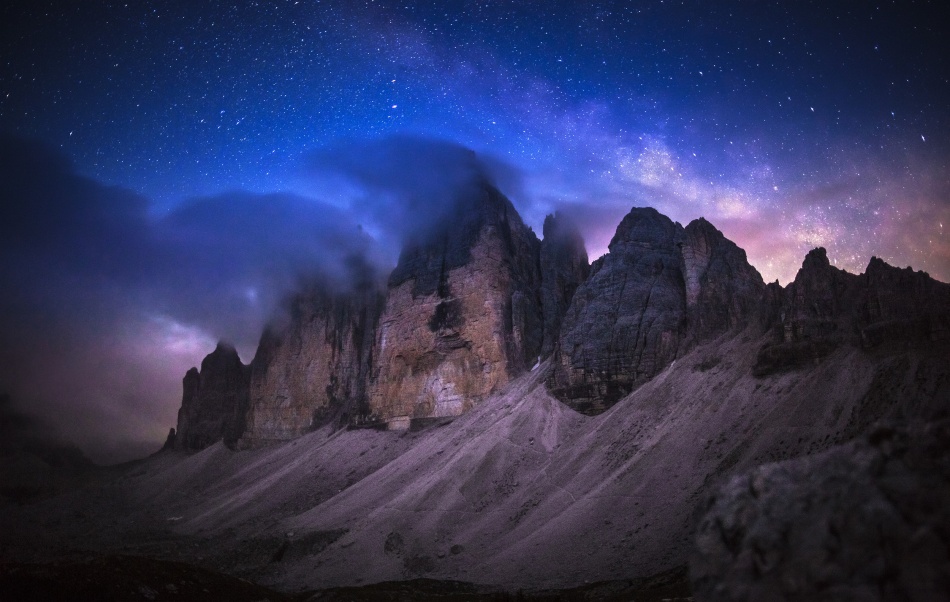
Low moon and Milky way on the "Tre Cime di Lavaredo"
1x Blog-Photographers' .
. '
A low moon and the Milky Way were present for only for a few minutes. Later dense clouds returned, and the moon was already so high in the sky that its bright light blocked out the stars. Being at the right place at the right time was the key.
I've been to the Tre Cime di Lavaredo, the famous mountains in the Dolomites of northeastern Italy, nearly one hundred times. I’ve been there during every season, at every time of day, to hike, rock climb and snowshoe. Having photographed the steep cliffs and rocks from every angle, I was curious to see what the mountain would look at night with the Milky Way as the backdrop.
The moon was rising late at night, and shortly after it rose, it produced enough light to illuminate the north face of the mountains. Still, it was not so bright that it canceled out the stars. Google Maps and an app called The Photographer’s Ephemeris (TPE), as well as the app Star Walk, were perfect tools to check out the time and direction of the rising moon. The Star Walk app helped me to visualize the position of the Milky Way and find the best time and date for a waning gibbous moon. A weekend in July proved to be an opportune time to shoot.
As we reached the parking lot, a thunderstorm was raging with heavy rain, but the weather forecast promised a clear sky in the evening and night. We waited in the car for the storm to subside; hiking is quite dangerous during a thunderstorm.
When we reached the camp, the rain had stopped, but thick clouds still covered the peaks of the Tre Cime. Since I knew that I only had a very short window of time for a perfect shot, I decided to take a time-lapse movie by continuously taking pictures every fifteen seconds on a motorized dolly. I mounted my Canon 5D Mark II on the Dynamic Perception Stage One Dolly with a tripod and a "Little Bramper" controller for smooth transitions, due to the decreasing light.
Suddenly the moon rose behind the mountain and the clouds dissolved a bit to reveal the Milky Way. I wanted the mountain to be in perfect focus, so I focused on the very rim of the mountain in the camera's Live View, since the silhouette had the highest contrast against the background. I switched to manual focus to prevent unintended defocusing when pressing the shutter button, and then I secured the focus ring with electrical tape so it wouldn't move.
Photographing the Tre Cime with heavy equipment is very easy because you can use the toll road to get to the large parking lot at the Auronzo Hut during summertime. If you are using the northwestern trail to hike around the Tre Cime, you can reach the best viewpoint within 30 minutes. 300 feet (100 meters) from the hiking trail you have a unique view of the breathtaking, famous north faces.
The camera settings I used — aperture f/1.4, ISO 1600 and a 12-second exposure — were correct, producing an image with no star trails.
"Google Maps and an app called The Photographer’s Ephemeris (TPE), as well as the app Star Walk, were perfect tools to check out the time and direction of the rising moon."
The moon was rising late at night, and shortly after it rose, it produced enough light to illuminate the north face of the mountains. Still, it was not so bright that it canceled out the stars. Google Maps and an app called The Photographer’s Ephemeris (TPE), as well as the app Star Walk, were perfect tools to check out the time and direction of the rising moon. The Star Walk app helped me to visualize the position of the Milky Way and find the best time and date for a waning gibbous moon. A weekend in July proved to be an opportune time to shoot.
As we reached the parking lot, a thunderstorm was raging with heavy rain, but the weather forecast promised a clear sky in the evening and night. We waited in the car for the storm to subside; hiking is quite dangerous during a thunderstorm.
When we reached the camp, the rain had stopped, but thick clouds still covered the peaks of the Tre Cime. Since I knew that I only had a very short window of time for a perfect shot, I decided to take a time-lapse movie by continuously taking pictures every fifteen seconds on a motorized dolly. I mounted my Canon 5D Mark II on the Dynamic Perception Stage One Dolly with a tripod and a "Little Bramper" controller for smooth transitions, due to the decreasing light.
"I wanted the mountain to be in perfect focus, so I focused on the very rim of the mountain in Live View, since the silhouette had the highest contrast against the background."
Suddenly the moon rose behind the mountain and the clouds dissolved a bit to reveal the Milky Way. I wanted the mountain to be in perfect focus, so I focused on the very rim of the mountain in the camera's Live View, since the silhouette had the highest contrast against the background. I switched to manual focus to prevent unintended defocusing when pressing the shutter button, and then I secured the focus ring with electrical tape so it wouldn't move.
Photographing the Tre Cime with heavy equipment is very easy because you can use the toll road to get to the large parking lot at the Auronzo Hut during summertime. If you are using the northwestern trail to hike around the Tre Cime, you can reach the best viewpoint within 30 minutes. 300 feet (100 meters) from the hiking trail you have a unique view of the breathtaking, famous north faces.
The camera settings I used — aperture f/1.4, ISO 1600 and a 12-second exposure — were correct, producing an image with no star trails.
POST PROCESSING
Back at home, the RAW files were imported into Lightroom to make basic adjustments and then were exported to Photoshop CS6.
1) In Lightroom I adjusted Chromatic Aberration, Exposure, Whites, Blacks, Shadows, White Balance, Tonal Curve, Color and Contrast.
2) I exported the RAW file that I liked the most from the time-lapse series as a 16-bit TIFF file to Photoshop CS6.
3) The background layer was duplicated, and the blending mode for the layer copy was set to Color Dodge.
4) Subsequently, the Opacity of the duplicated layer was decreased to 20%. This lightened the picture and gave a little extra emphasis on the Milky Way and stars.
5) Finally, I added some noise reduction and a little sharpening.
1) In Lightroom I adjusted Chromatic Aberration, Exposure, Whites, Blacks, Shadows, White Balance, Tonal Curve, Color and Contrast.
2) I exported the RAW file that I liked the most from the time-lapse series as a 16-bit TIFF file to Photoshop CS6.
3) The background layer was duplicated, and the blending mode for the layer copy was set to Color Dodge.
4) Subsequently, the Opacity of the duplicated layer was decreased to 20%. This lightened the picture and gave a little extra emphasis on the Milky Way and stars.
5) Finally, I added some noise reduction and a little sharpening.
TIPS
1) If I had taken single shots on a tripod and not a time-lapse sequence, I would have chosen a smaller aperture of f/2.8 (instead of f/1.4) and a slower ISO for more depth of field and less lens distortion. At an aperture of f/1.4, stars look like commas without points, but have less noise. Using the "600 rule" for photographing stars, I could have exposed up to 25 seconds without capturing star trails.
2) The detailed planning with Google Maps, TPE and Star Walk was crucial in order to be at the right place at the right time. But perfect planning could have been spoiled by the weather.
3) The period from the moonrise to several minutes after, when the moon is still low in the sky, is the only possible time frame to capture this magical moment with enough light and good visibility of the Milky Way at the same time.
4) Knowledge of and familiarity with your equipment are essential to push the right buttons, even in low light conditions, and especially when you are under stress.
5) A headlight with a red LED, like the LEDs that stargazers use, would have made this shoot a lot easier.
2) The detailed planning with Google Maps, TPE and Star Walk was crucial in order to be at the right place at the right time. But perfect planning could have been spoiled by the weather.
3) The period from the moonrise to several minutes after, when the moon is still low in the sky, is the only possible time frame to capture this magical moment with enough light and good visibility of the Milky Way at the same time.
4) Knowledge of and familiarity with your equipment are essential to push the right buttons, even in low light conditions, and especially when you are under stress.
5) A headlight with a red LED, like the LEDs that stargazers use, would have made this shoot a lot easier.
BIOGRAPHY
I'm a 39-year-old ambitious photographer living in Tyrol, Austria, and a dentist by profession. Nature is right in my backyard, so I can put on my backpack and hike to a mountain right from my home. Lately I have fallen in love with nightscape photography and time-lapse movies because of their own laws and magic.

